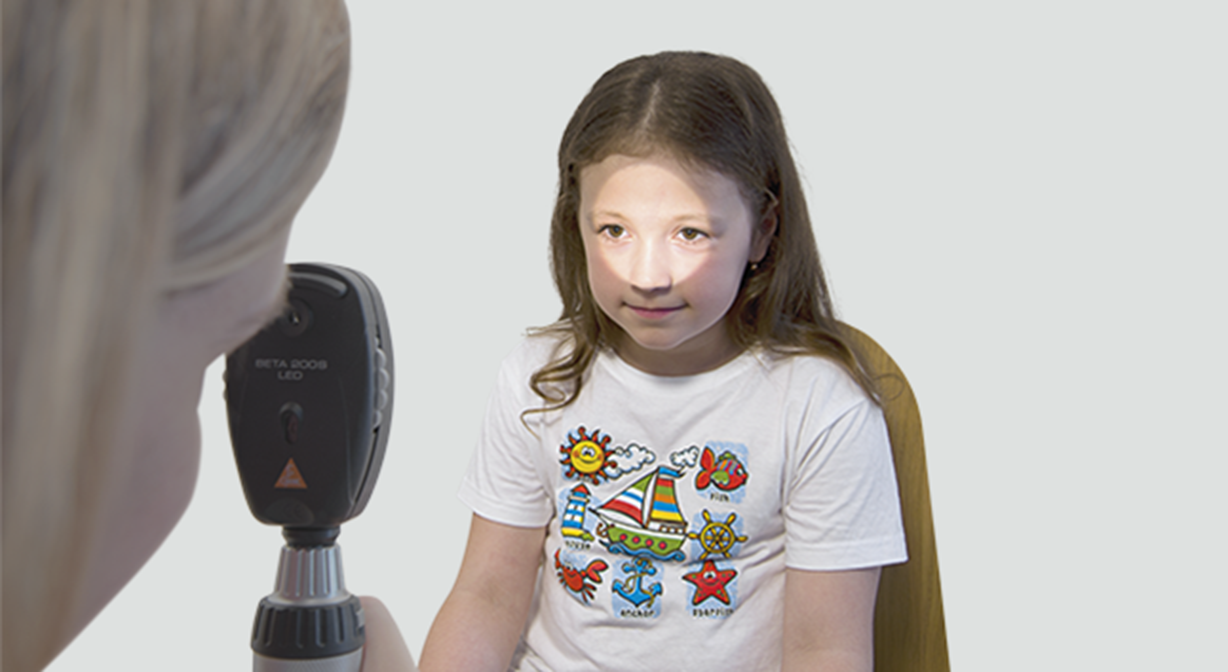Application and Diagnostic tips
Examination tips with the binocular indirect ophthalmoscope
Many ophthalmologists and optometrists work with slit lamps. With this instrument, detailed findings of the posterior pole, the macula or the optic nerve can be displayed with great magnification. This is used to examine for example a highly detailed alteration, a suspected melanoma or a tiny peripheral hole.
With the binocular indirect ophthalmoscope (BIO), you get a wider field of view, allowing the whole retina to be explored, including the far periphery. It can be used with dilated or undilated pupils, which can be of advantage when examining children’s eyes. Retinal pathologies such as retinal detachment or vene occlusions can be easily examined.
In this section find out specific tips on how to adjust a BIO as well as how to perform a clinical examination, to allow for a diagnosis that is as accurate as possible.



